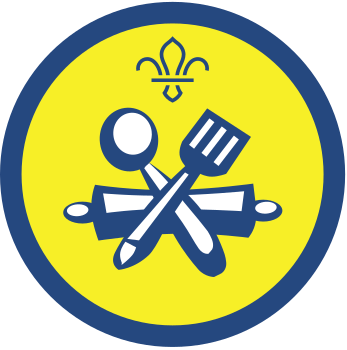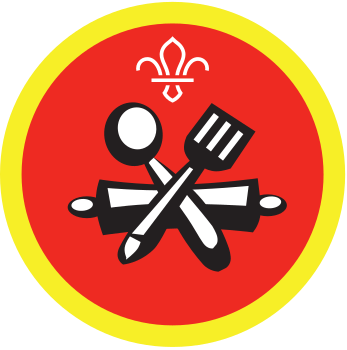Find food
You’ll need
- Pens or pencils
- Coloured pens or pencils
- Tables
- Chairs
- Erasers
Set up the search
- The person leading the activity should make sure that they have enough word-searches for each member of the group. Each person should have a word-search, the answer sheet and a blank word-search grid.
- The person leading the activity should set up the tables and chairs so that everyone can work on their word-searches comfortably.
Find the food
- The person leading the activity should give out the first page of the ‘Find food’ word-search sheet and the pencils. Tell everyone to try and find as many food items in the word-search as they can. When they find a food item, they should draw a circle around it, so that it can still be read.
- Give everyone fifteen minutes. When this time has passed, the person leading the activity should hand out the second page of the ‘Find food’ word-search sheet. This should show the solutions to the word-search and the different food groups of the food items in the puzzle. Everyone should check how many of the foods they found in the fifteen minutes.
- The person leading the activity should explain that the foods in the word-search are all part of different food groups. Each group contains something we need every day to keep us healthy and happy. The person leading the activity should give out the coloured pencils and everyone should colour-code their completed word-searches (e.g. ‘Proteins’ are red) to show the food groups as they are listed on the second page of the ‘Find food’ word-search sheet.
- Everyone should try to think of foods that fit into the different food groups. If it’s easier, they can work in small groups. They should think about what the food looks and tastes like, if they know it.
- Give them ten minutes. When this time has passed, everyone should write down three food items for each group on the second page of the ‘Find food’ word-search sheet. These should not include any of the food items that were in the word-search.
Reflection
The group has looked at some food items and food groups. Keeping our bodies healthy requires us to eat some items from each of the food groups. Are there any groups that you enjoy eating more than others? What things could you change about your diet to include more foods from the important food groups?
To find the foods to go in the food groups, the group had to complete a word-search puzzle. What did you do to find the words for foods? Did you see a pattern between the food items you found before you were given the second page? How could you use your colour-coded word-search to help others remember to eat from all of the food groups?
Safety
All activities must be safely managed. You must complete a thorough risk assessment and take appropriate steps to reduce risk. Use the safety checklist to help you plan and risk assess your activity. Always get approval for the activity, and have suitable supervision and an InTouch process.
Word-search whizzes and foodie fanatics might like to try solving the word-search with the coloured pencils from the start. They should find and shade in the foods in the correct colour for their food group. But no peeking at the answers on that second page!
Anyone who struggles with the word-search can be given more time to solve it. Advise them to look up-and-down the columns and side-to-side along the rows. Help anyone who struggles to think of other foods by writing them a shopping list. The food groups they are looking for are hidden in there – they just have to find them.
Prepare a related activity for anyone who struggles to keep their focus on the word-search
All Scout activities should be inclusive and accessible.
The person leading the activity should hand out the third sheet of the ‘Find food’ word-search sheet. Everyone should have a blank word-search grid. In pencil, everyone should use the foods from the food groups that they thought of, along with any other foods they’d like to include, to make their own word-search. They can use this to challenge friends and family. Each word-search should follow a theme. All of the foods could be from one food group, a variety of food groups, from a certain country or a certain type (e.g. fruit and vegetables).



